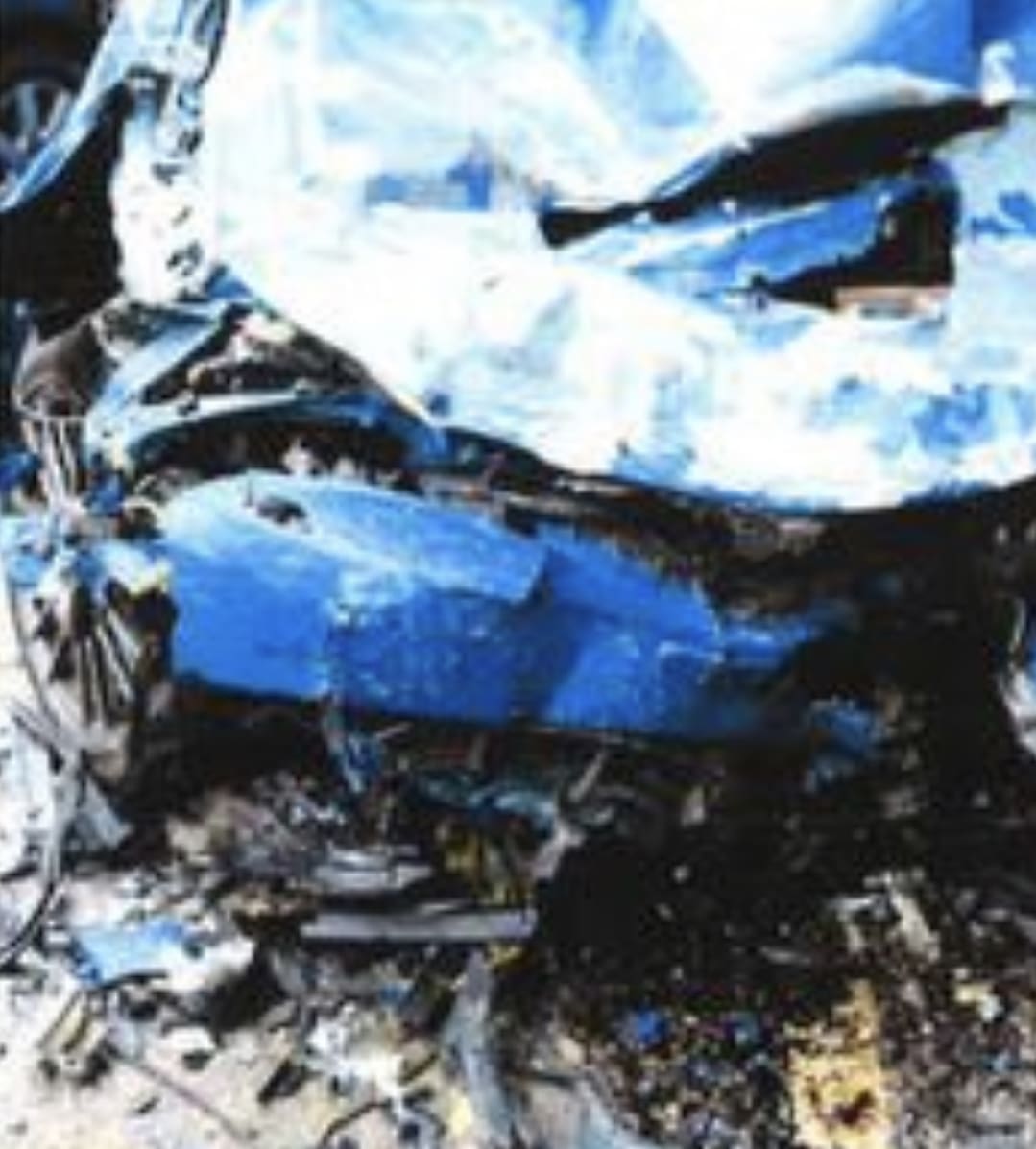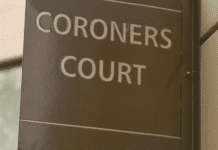A nurse, Toni Wallace, endured a harrowing experience after a life-altering collision with an uninsured driver. Her ordeal unfolded as statistics exposing the worst regions for motorists lacking insurance coverage came to light.
While en route to volunteer as a medic at a festival in Bristol, Toni’s Subaru WRX was struck by a speeding Volkswagen Golf near Holnest, Dorset. The collision, triggered by the Golf hitting a deer moments earlier, resulted in a catastrophic impact, described by Toni as a “horrific explosion.”
In the aftermath, Toni, a 55-year-old mother, described the incident and what followed. Tragically, the other driver—a man in his 20s—lost his life at the scene, while Toni suffered spinal injuries that doctors warned might render her unable to walk again.
Ms Wallace she questioned “am I dead?” in the moments after her crash on the A352 in August 2018.
She said she was travelling at 50mph on the national speed limit road at about 4.45am, while the uninsured motorist was driving at speeds between 90 to 100mph – although Dorset Police told an inquest it could not determine how fast he was driving.
The inquest was told, at the time of the crash, the driver was on the phone to his girlfriend who heard the collision and then travelled to the scene.
Ms. Wallace said she thought she was going to die as she waited for the emergency services to arrive.
“The pain was like nothing I could begin to describe… It was the worst thing ever,” she said.
“There was a hissing noise. It was really hot and I could smell petrol. I thought the cars were going to explode.
“All I could think about was Princess Diana. When she was in her car accident, she tore a big vessel near her heart and I was convinced I was going to bleed out.
This devastating encounter highlighted the dangers of uninsured motorists. Prompted by such incidents, the police initiated a week-long crackdown on uninsured drivers, targeting problematic areas identified through data from the Motor Insurers’ Bureau (MIB). This organisation flagged regions where uninsured drivers were alarmingly prevalent, emphasising the risks posed by those who defy driving regulations.
Recalling the moments post-crash, Toni vividly remembered questioning whether she had survived the collision. Traveling at a moderate speed on a national road, she was struck by an uninsured driver recklessly speeding between 90 and 100mph, amplifying the severity of the impact. Details emerged during an inquest, revealing that the driver was engaged in a phone call at the time of the collision.
The trauma didn’t end with the crash. Toni endured excruciating pain and feared the worst as she awaited emergency aid, haunted by thoughts of potential fatal outcomes reminiscent of Princess Diana’s tragic accident. Her injuries were extensive, including spinal damage and fractures to her pelvis, ribs, thumb, and wrist. The possibility of never walking again loomed heavily until a critical 10-hour surgery offered hope, albeit with a 50% chance of recovery.
Hospitalised for a month and unable to work for a year, Toni battled not only physical trauma but also grappled with post-traumatic stress disorder (PTSD), seeking solace through counselling. The emotional upheaval lingered, triggering flashbacks triggered by certain smells reminiscent of the accident.
Despite initial anger towards the uninsured driver for causing such turmoil, Toni eventually found empathy, expressing sorrow for his tragic fate. However, the realisation that her financial stability was shattered due to his lack of insurance plunged her into a nightmarish scenario.
Navigating the aftermath, she found support through the MIB, aiding her in seeking compensation. This organisation, through its data, also identified areas most plagued by uninsured drivers, emphasising the need for stringent enforcement to ensure road safety for all.
Paul Farley from the MIB stressed the severity of the issue, highlighting the daily suffering of innocent individuals due to uninsured motorists. The focus extended beyond insurance payments, aiming to create safer roads by deterring those who recklessly flout driving laws.
The experiences of Toni Wallace underscore the dire consequences of uninsured driving, urging all to abide by regulations and prioritise road safety.
Here is the MIB’s list of the 15 worst areas for uninsured drivers:
1. Leeds, LS1
2. Bristol, BS1
3. Salford, M3
4. Manchester, M8
5. Birmingham, B10
6. Birmingham, B18
7. Birmingham, B6
8. Stoke-on-Trent, ST1
9. Manchester, M12
10. Thurrock, Essex, RM18
11. Sandwell, West Midlands, B70
12. Southend-on-Sea, Essex, SS1
13. Birmingham, B11
14. Bradford, BD4
15. Iver, Buckinghamshire, SL0
If you have had a similar experience, please let us know via https://dorseteye.com/submit-a-report/
If you would like your interests… published, submit via https://dorseteye.com/submit-a-report/
Join us in helping to bring reality and decency back by SUBSCRIBING to our Youtube channel: https://www.youtube.com/channel/UCQ1Ll1ylCg8U19AhNl-NoTg SUPPORTING US where you can: Award Winning Independent Citizen Media Needs Your Help. PLEASE SUPPORT US FOR JUST £2 A MONTH https://dorseteye.com/donate/












